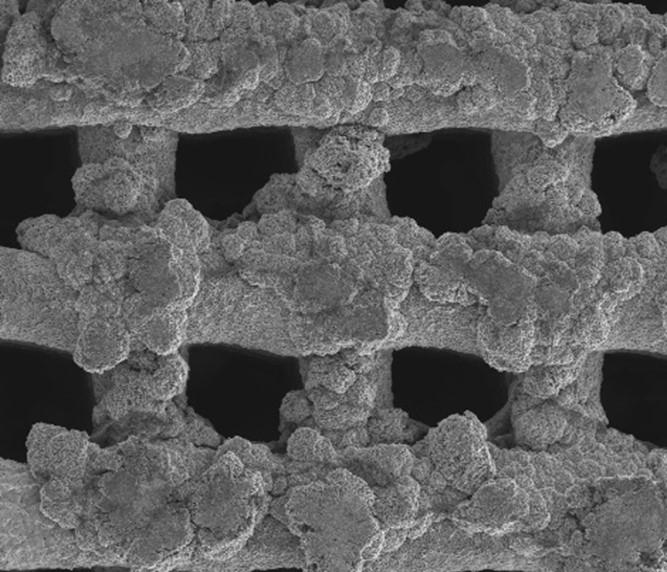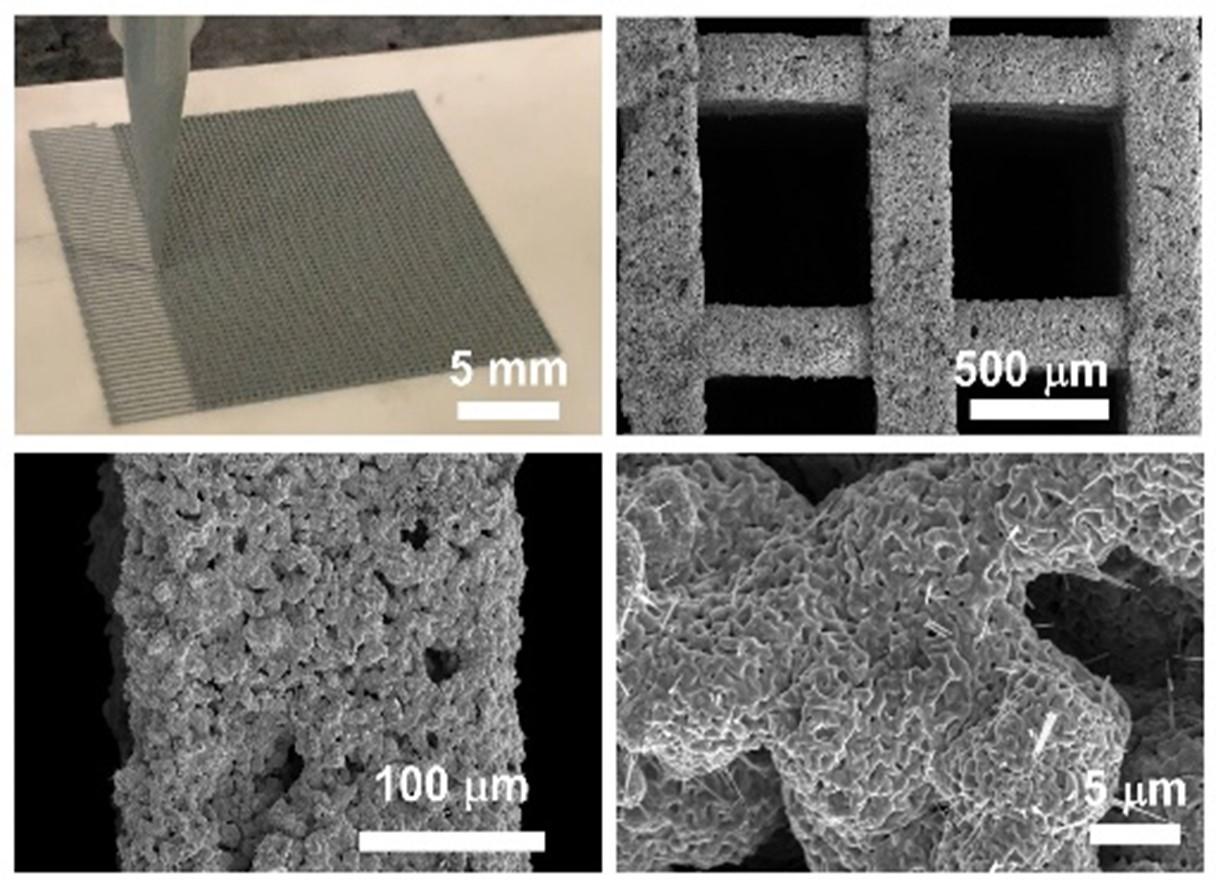Currently, lithium-ion batteries dominate the renewable energy storage market. However, the demand for lithium-ion batteries is rising far more quickly than investments in the raw materials required to produce them. Lithium-ion raw materials are not produced in sufficient quantities to meet the imminent demand from both of those markets. This shortage will become even more severe as governments around the world pass legislation that accelerates the transition to EVs and renewables. New battery technologies are sorely needed to address this shortage. Since lithium is unlikely to be replaced for EVs given lithium’s intrinsic properties, the LLNL team is concentrating on energy grid applications.
One of the most heated debates in grid energy is how deeply the grid can rely on renewable energy. At the heart of this debate is the fact that renewable energy sources are intermittent. In other words, a grid with lots of renewables needs ways of smoothing and balancing out the fluctuations in energy production. There are other sources of grid flexibility, but the one that seems to have the most potential is energy storage. The world's ability to transition to clean energy depends on the availability of safe, cheap and reliable rechargeable batteries.
A zinc-ion battery operates using the same principles as lithium-ion. When comparing cost and volumetric energy density, although Li-ion batteries have higher volumetric energy densities and long cycle life, Zn-MnO2 batteries can achieve a similar target with reasonable (1000-3000) cycle life when only a small fraction of the theoretical capacity of MnO2 and Zn was utilized. Combined with low cost and ease of manufacturing, this type of battery is a promising technology for scaling up to energy grid applications. However, the challenge to overcome is developing high mass loading anodes matched to cathode materials.
Improving the active material of the Zn anode is critical to improving the practicality of Zn-MnO2 battery technology. LLNL researchers have developed a new category of 3D structured Zn anode using a direct-ink writing (DIW) printing process to create innovative hierarchical architectures. The DIW ink, which is a gel-based mixture composed of zinc metal powder and organic binders, is extruded from a nozzle into 3D periodic structures with precise digital control. The ink mixture is formulated to achieve the desired rheology that would guarantee a successful printing process. The DIW printing technique allows for the fabrication of complex microarchitectures that can be carefully designed to provide high accessible surface area, good reversibility and high zinc utilization of the anode. This deliberate tuning of the anode’s architecture cannot be achieved via traditional powder casting techniques where random distribution of Zn powders are expected.
Left image: Electrodeposition of Zn onto 3D printed copper nanowire (CuNW) | Right image: Optical and SEM images of 3D printed Zn structure and morphology
Zhu, C., Schorr, N.B., Qi, Z., Wygant, B.R., Turney, D.E., Yadav, G.G., Worsley, M.A., Duoss, E.B., Banerjee, S., Spoerke, E.D., van Buuren, A. and Lambert, T.N. (2023), Direct Ink Writing of 3D Zn Structures as High-Capacity Anodes for Rechargeable Alkaline Batteries. Small Struct., 4: 2200323. (https://doi.org/10.1002/sstr.202200323)
Mooraj, S., Qi, Z., Zhu, C., Ren J., Peng, S., Liu, L., Zhang, S., Feng, S., Kong, F., Liu, Y., Duoss, E.B., Baker, S. and Chen, W. (2021), 3D printing of metal-based materials for renewable energy applications. Nano Res. 14, 2105–2132. (https://doi.org/10.1007/s12274-020-3230-x)
Zinc-ion batteries:
- Have power performance and compactness to be competitive with lithium-ion for renewable energy storage
- Have water-based chemistry which is intrinsically safe and non-flammable.
- Utilize zinc, which is abundant and inexpensive, which solves supply chain issues facing lithium as well as providing significant cost reductions.
- The novel LLNL-developed Zn anode is:
- Made with 3D printable ink that can be tailored to have suitable rheological properties
- Structurally robust
- Can be tuned to have properties that enhances its performance (e.g., design complex lattice microarchitecture for improving long cycle life and Zn utilization while enabling high energy and power densities)
- Energy grid storage
- Addressing renewable energy intermittency issues
Current stage of technology development: TRL 4
LLNL has filed for patent protection on this invention.
U.S. Patent Application No. 2023/0132546 System and method for 3D printing porous zinc structure published 5/4/2023.
U.S. Patent Application No. 2023/0173579 Fabrication of 3d-printed copper based zinc anodes published 6/8/2023.



